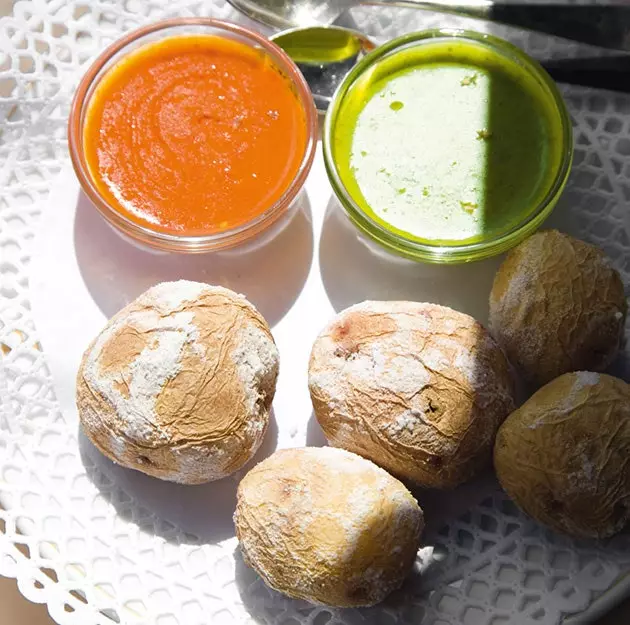
The typical mojo picón
These are the basic classics (and where to eat them)
1) THE PICÓN MOJO
“Mojo picón, mojo picón, the rich Canarian sauce is called mojo picón”. With an absolute simplicity in the concept and a catchy tune like chewing gum, Caco Senante managed back in the 80s that all of Spain found out what the most famous sauce in the Canary Islands was called: mojo picón. The mojo as anthem, a sauce composed of garlic, oil, pepper, cumin, piconas, salt and vinegar in its most traditional version, and which is used to accompany all kinds of dishes. On the islands there is a wide variety of mojos so don't go crazy: the best are accompanied by wrinkled potatoes, grilled cheese or just a little bread.
Where to taste it: La Tegala (Crta. Tías-Yaiza, 60, Mácher) it is the mojo picón made avant-garde . With an atmosphere as exclusive as its views of Fuerteventura, this modern restaurant reinterprets traditional cuisine. Despite what has been said, it does not have exorbitant prices, which will allow almost all budgets to enjoy their smoked cheese with cilantro mojo. If you can, better go to dinner.
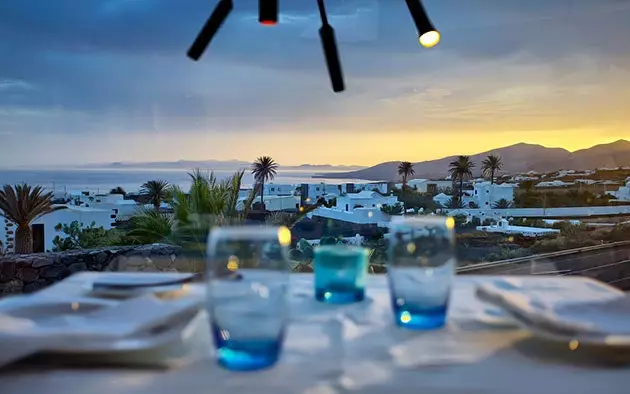
The views of La Tegala Restaurant
2) THE BANANA
The first thing is to have the ideal conditions in the field and in the climate to obtain bananas with an unparalleled aromatic flavor, but marketing also helps. The banana is a symbol of the islands, a fruit that has a name and only one last name: “de Canarias”. Plantations less than 300 meters above sea level and an average temperature of 21ºC throughout the year achieve the miracle of perfect maturation . The more than five centuries cultivating bananas and the permanent search to perfect the plantations have made this crop a lifestyle and a flag that all Canarians are proud of.
Where to taste it: In what was an old bakery, they even dare to take advantage of it by merging it with other typical Canarian products. My Mother-in-law's House (38280 San Antonio road, Tegueste), makes a fried plantain with wrinkled potatoes and mojo picón that makes history. In addition, they also offer old clothes, goat meat and other rustic-culinary excellences that marry perfectly with the decoration of the premises.
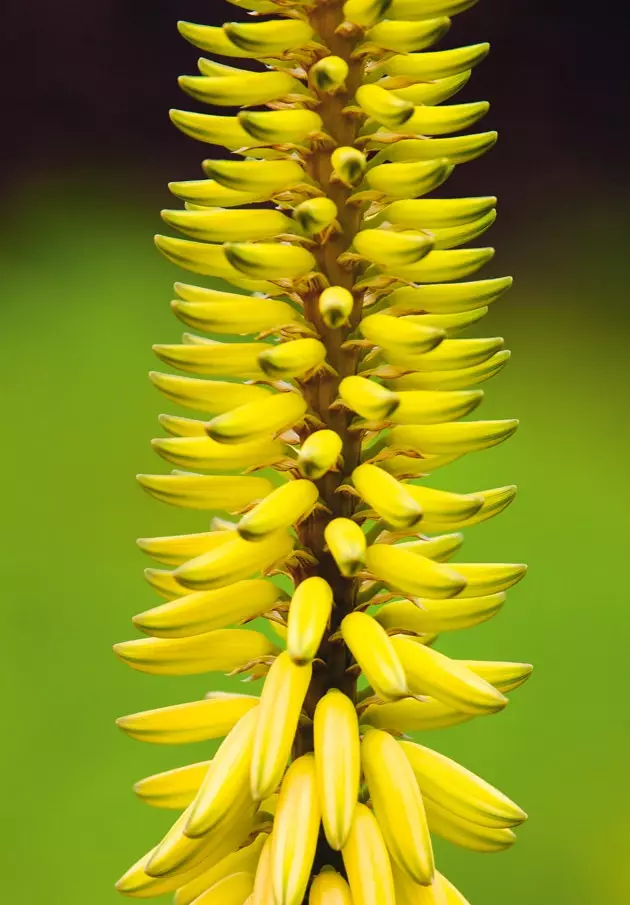
The well-known and essential banana from the Canary Islands
3) WRINKLED POTATOES
It is one of the simplest dishes that exist. Any culinary chump can put some potatoes with a pinch of salt in boiling water until they wrinkle. But if we talk about the authentic Canarian dish, we must refer to the old potato, a tuber with Protected Designation of Origin . The first plants came from America on the ships of the conquerors and are still preserved, although they are only found in the Canary Islands and in some remote places in the Andes. There are almost as many varieties as there are adjectives: black potato, beautiful potato, melonera, boral... Each one has a unique flavor which makes eating a potato a sensory journey.
Where to taste them: Restaurants are starting to grow them in their own gardens and they offer them to the diner accompanying a meat, a fish or directly as starters. This is the case of the Mesón El Norte Restaurant (Crta. De Masca, 1, Las Portelas). They grow their own potatoes of the azucena variety. They also have an Almagrote to lick your fingers. It has good views, exquisite treatment and grandmother's recipes, all for about 20 euros.
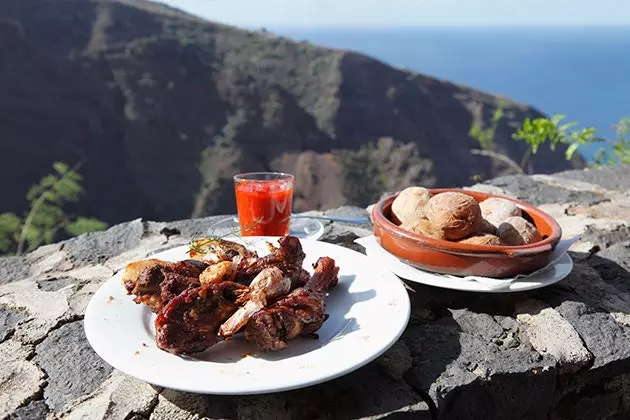
Tenerife around the "table"
4) THE GOFIO
It is possibly the oldest food that exists in the Islands. Of Berber origin, the gofio is one of the few that remain from the time of the Guanches, the Canarian aborigines. During centuries, this mixture of roasted and stone-ground grains with a pinch of salt , was the basis of Canarian gastronomy thanks to its great caloric intake. The Guanches made different elaborations of gofio using barley, lentils or wheat, incorporating new ingredients such as rye or corn after the conquest of America. It is almost impossible to pass through the islands and leave without having tried a dish with gofio.
Where to taste it: sweet gofio au gratin with cheese It is a good initiation ritual to the product. We can try it at the Mirador de la Peña Restaurant (Crta. General del Norte (Guarazoca neighborhood), El Hierro) Designed by Cesar Manrique, in 1991 it was declared an Asset of Tourist Interest. Its views are breathtaking.
5)PALM HONEY
Looks are deceiving. Palm honey is not honey but sap (guarapo) of the Canarian palm tree . Its flavor is exquisite and although production is reduced almost mostly to the island of La Gomera, it is a sauce that is used on all the islands as an accompaniment to cheeses, desserts or meats. To find a similar product around the world we have to go to Chile, where a similar "honey" is produced with the native palm trees of the area.
Where to taste it: Although Los Aljibes de Tahiche (Bravo Murillo, 6, Lanzarote) specializes in grilled meat, it is worth a visit to try their aubergines with palm honey in another of the fantastic buildings designed by Cesar Manrique on the islands. It also has an exhibition room and is located in an amazing environment.
*** You may also be interested in...**
- Five dishes to eat in Extremadura (and they are not ham)
- Culinary topics that are not true
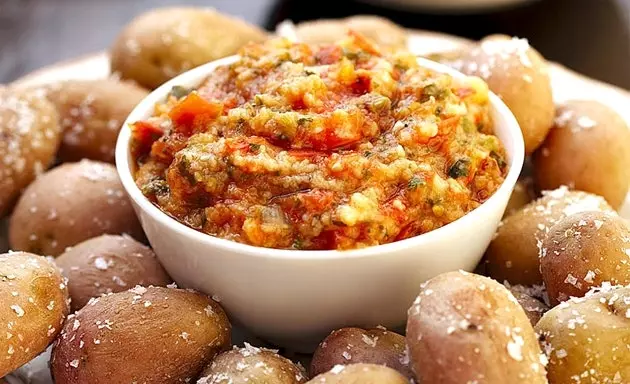
potatoes with mojo
